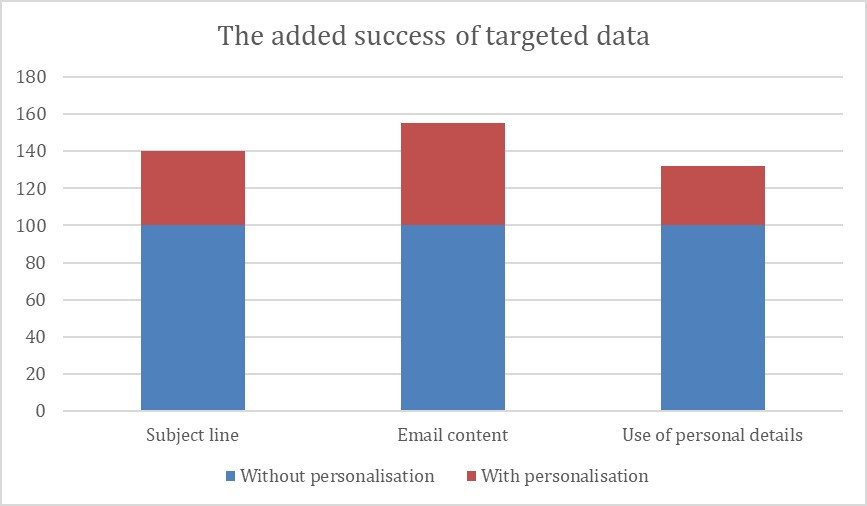The modern buyer is both better able, and better equipped, to conduct their own pre-sales research. Which means that high pressure sales techniques no longer work. Some estimates even suggest that customers complete as much as two-thirds of the sales process without any assistance.
PULL QUOTE:
“Buyers agree that they navigate at least the top third and, at most, the first two-thirds of the sales cycle without sales.”
John Neeson, managing director, SiriusDecisions.
This has led to the development of email drip marketing, a low-pressure technique that helps move prospects gently along the sales pipeline. A series of messages nudge would-be customers in the direction of making an order.
So how do you build a drip campaign that actually works? By following these steps:
1. Write your “pay-off” marketing assets
Every email you send in a drip campaign will push recipients towards your website for more information. You will need several assets to support a campaign that get increasingly more detailed as the campaign progresses. Typically there are five steps to each campaign:
-
A basic blog post that acknowledges your prospect’s business problems and discusses the issue at a high level.
-
A second article that goes into slightly more detail, discussing generic potential solutions without mentioning your products and services.
-
A much more detailed resource, like an ebook, that offers genuine business benefits and insights – practical advice that your recipient can apply immediately.
-
Another article or whitepaper that discusses business pains, and gently introduces your product as a potential solution.
-
A final, long-form document which positions your business as the ultimate solution to a specific problem. This is the first, and only time your content is truly sales-focused.
2. Write your email content
With these assets created, the next task is to write the text of the email that will help push recipients towards your website and engaging with your content. They should each follow the basic formula outlined in step 1.
3. Build a landing page
When recipients click through the email and land on your site, you want to capture their details to keep your own records up-to-date. By creating a landing form – particularly at points in the process where you are giving away a downloadable asset - prospects are more likely to hand over their details.
4. Build an automated email sending framework
You know the actions you want your recipients to take, and you know the steps involved in your drip campaign. The next step is to use your email platform to recreate that framework, using triggers to automate the process as far as possible. Ideally your mailing system should allow you to send scheduled emails and apply intelligence to move to the next step when your recipient does respond.
Assessing success
It is inevitable that many of your prospects drop out along the course of the campaign, simply because they are not currently in the market for your product of service. This does mean that anyone who reaches the end of your campaign, and remains fully engaged, is a very good prospect for further follow-up – like a call from your sales team.
Data accuracy to the rescue
One other factor that will seriously affect the performance of your drip campaign is the actual quality of the data you use behind the scenes. Time and again it has been shown that high quality data is a competitive advantage, helping to improve the outcomes of your campaigns - messages with subjects that are strongly relevant to your prospects increase effectiveness by 55% for instance.

You should also find that high quality company intelligence data helps you identify specific target groups that will be invaluable for planning content that and email text that addresses their specific business pains.
For more help and advice about drip marketing campaigns, or to obtain a free sample of high-quality data to test your next mailshot, please get in touch with the Global Database team – we’re always happy to help!
